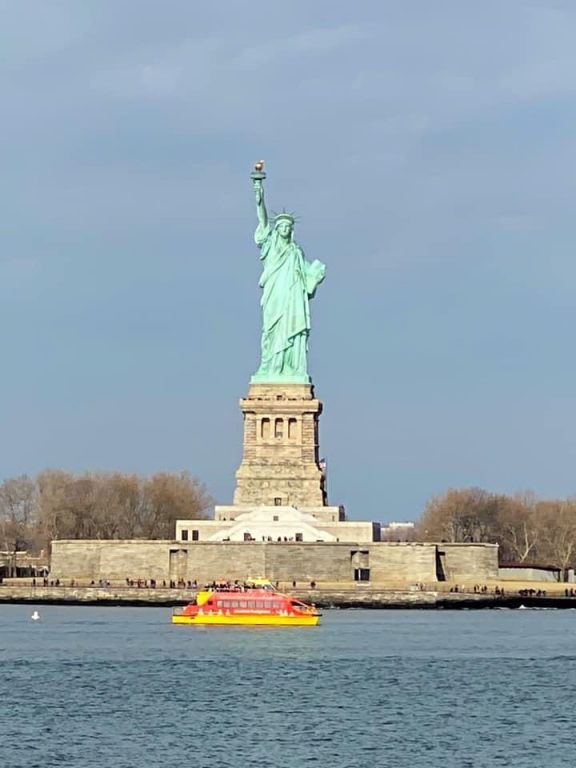The long history of today, February 12 (National Day)

For Japan, which has a long history, the actual founding date is not well known. Therefore, based on the founding myth, the accession date of Emperor Jinmu (January 1, 660 B.C.), who is considered the first emperor, was converted to the new calendar in the Meiji era (February 11) as the anniversary date.
Most Japanese do not celebrate National Day as much as Americans do, but this has a postwar history.
Originally celebrated as a matter of course as “Kigenbetsu” from the Meiji period until 1945, this day was abolished after the war by the General Headquarters of the Supreme Commander of the Allied Powers (GHQ) led by Supreme Commander of the Allied Forces Douglas MacArthur.
After losing the war, Japan was occupied by the victorious powers and forced to undergo many reforms under the guise of democratization. The review of national holidays is one of them. If the custom of celebrating the day of the first emperor’s accession to the throne was retained, Japan would be united around the emperor. The fear was that Japan would once again become a military power.
MacArthur, who ruled a defeated Japan after the war, set February 12 as the date for a plan to determine the future course of the country. It was also the birthday of Lincoln, whose portrait hangs in his office, and whom MacArthur admired. By combining these two dates, it is possible to speculate that MacArthur may have thought of February 12 as the day to build a new Japan.
Later, on February 13, 1957, the “National Day of the Nation” bill was introduced and repealed nine times by lawmakers, but was never passed.
Eventually, on December 9, 1966, the Sato Cabinet decided that “National Day shall be February 11.” (Cabinet Order No. 376 of 1966), which went into effect on the same day. Nearly ten years had passed since the first legislation by lawmakers.
Even mere holidays have their own histories.






